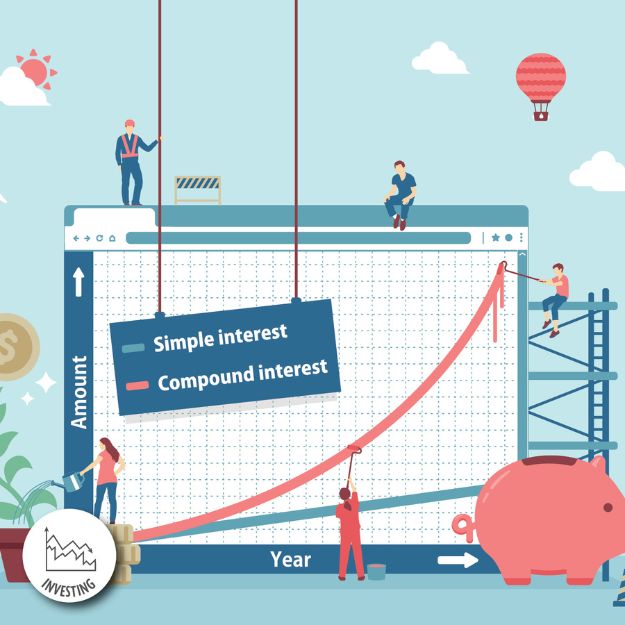Football Season Is Back and So Are Sports Betting Scams
What You Need to Know to Protect Your Wallet This Season
Football is back, and so is the excitement that comes with game days, fantasy leagues, and sports betting. But as more people place bets online, scammers are getting in on the action too. They’re targeting fans with schemes designed to steal money and personal information.
At High Point FCU, we want to help you enjoy the season without falling victim to fraud. Here’s what to watch out for, and how to stay protected.
Common Sports Betting Scams to Watch Out For
1. Fake Betting Apps and Websites
Fraudsters are creating realistic-looking websites and mobile apps that mimic legitimate sportsbooks. These sites often disappear once they’ve collected deposits, leaving users with no way to recover their money.
2. Social Media Tipster Scams
Beware of “insider” betting advice or paid picks from self-proclaimed experts on social media. Many of these accounts are fake, and once they receive payment, they vanish or push you toward fraudulent betting sites.
3. Phishing Emails and Texts
Scammers may send fake emails or texts claiming you’ve won a bet or need to verify your account. These messages often contain links designed to steal your login credentials or financial information.
4. Crypto-Only Betting Platforms
Some unregulated sites ask users to deposit cryptocurrency to place bets. These transactions are difficult to trace, and if the platform is a scam, recovering your funds is nearly impossible.
5. Impersonation Scams
Scammers may pose as customer service agents from popular betting apps, requesting personal information or payment to resolve a fake issue. Legitimate companies will never ask for sensitive data via text, direct message, or unexpected phone calls.
How to Bet Safely This Season
If you choose to participate in sports betting, it’s important to take precautions:
Use Licensed and Regulated Platforms
Always use sports betting sites that are legal in your state. Most state gaming commissions have lists of approved operators.
Avoid Untraceable Payments
Never send money using cryptocurrency, wire transfers, gift cards, or peer-to-peer apps unless you’re confident in the platform’s legitimacy and consumer protections.
Enable Account Alerts
Use your credit union’s mobile app or online banking tools to receive real-time alerts about purchases or suspicious activity.
Don’t Share Personal Information
Never provide your debit card PIN, online banking credentials, or Social Security number to someone claiming to be from a betting site or financial institution.
Use Strong Passwords and Two-Factor Authentication
Secure your devices and online accounts with strong passwords and two-factor authentication whenever possible.
We’re Here to Help
If you believe your information or account has been compromised, contact High Point FCU immediately. Our team can help you secure your accounts and guide you through the necessary steps to report fraud.
Scammers are always looking for new ways to take advantage, but with awareness and the right precautions, you can stay one step ahead.
Need help or have questions?
Stop by any of our branches, call us at 800-854-6052, or connect with us online for more information.
Stay safe and enjoy the football season!




















